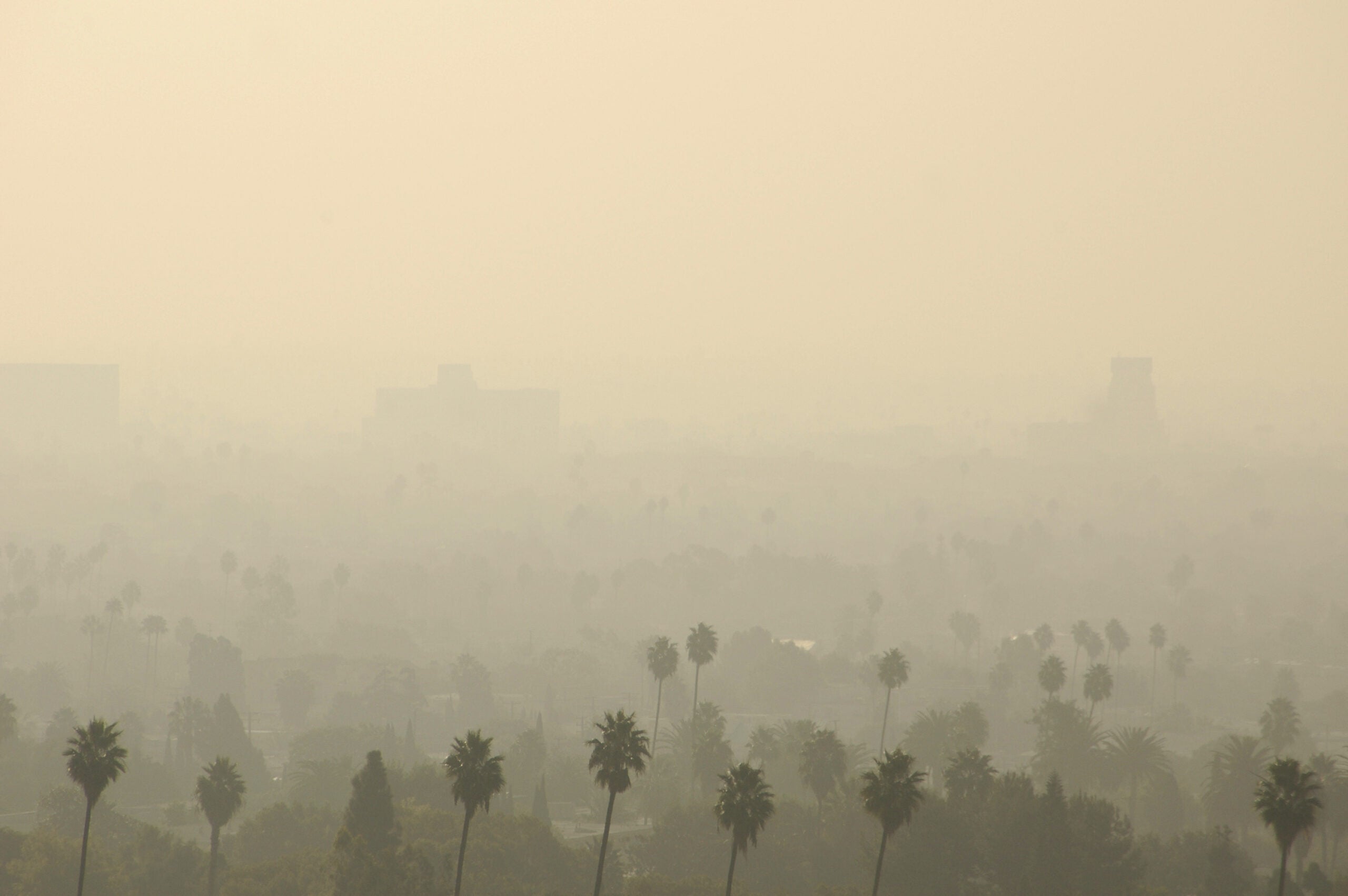Politics Leave People Gasping For Breath
EPA proposes tougher ozone pollution limits; once again industry resists.

This page was published 10 years ago. Find the latest on Earthjustice’s work.
For years, doctors have been saying that the nation’s standards for ozone pollution, more commonly called smog, aren’t strong enough to protect kids, asthmatics, seniors and many others in communities throughout the nation. Thousands of deaths and hundreds of thousands of asthma attacks each year are linked to this form of pollution, which is created from the exhaust of power plants, factories, cars and trucks.
About 26 million people live with asthma in the United States, according to federal data. In fact, a federal policy assessment showed that more than 7,000 people die prematurely each year because of the amount of smog that’s in our air. The smog standard we have now was set during the Bush administration in 2008 under an EPA that didn’t listen to its own science advisers who cautioned that the standard would be too weak to protect public health.
Change may finally be on the way, however. The EPA has proposed more protective smog limits and is under court order to take final action in 2015. The EPA estimates that lowering the amount of smog that’s allowed into the air to a more protective 65 parts per billion would avoid as many as 4,300 premature deaths a year.
The American Lung Association and the nation’s leading medical societies have vigorously agreed with strengthening the standard. But thanks to politics, we’ve remained stuck with standards that can leave people gasping for breath. When former EPA Administrator Lisa Jackson tried to strengthen smog limits in 2011, the White House shot the proposal down after loud protests from polluting industries.
Now the political jockeying has begun again. Undaunted by the mountains of medical evidence, polluting industries and their allies in Congress are calling for rejection of stronger standards, citing exaggerated estimates of compliance costs and claiming that GDP would be reduced by billions. Industry has made these same kinds of cost claims every time EPA has proposed stronger clean air standards, and has been proven wrong every time. Since 1970, we have cut harmful air pollution by around 70% while the U.S. economy has more than tripled. And EPA estimates the value of health benefits from strengthening the smog standard would outweigh the costs by as much as $15 billion, if the most protective standard proposed is finalized.
The science supporting stronger standards is more compelling than ever. More than 1,000 studies now link ozone to an array of serious health impacts, including bronchitis, asthma attacks, emergency room visits, hospitalizations, and premature deaths. The research shows these impacts occur at levels well below those allowed by the current standard.
Unfortunately, the EPA’s current proposal doesn’t go far enough. The agency has proposed adopting a health standard somewhere in a range of 65 to 70 parts per billion ppb. The American Lung Association and leading medical societies have previously called for a standard of 60 ppb, based on studies showing health harms at that level. EPA proposed a 60 -70 ppb standard just four years ago. Given that the evidence is even stronger today, it’s simply inexcusable for EPA to now propose a less protective range.
In fact, the Clean Air Act requires that standards for smog and other air pollutants be based solely on what’s necessary to protect health. The authors of that landmark legislation wisely judged that health-based standards would not only provide essential protection for people’s lungs, but also drive the technology and innovations needed for compliance.
And people rely on these standards to tell them whether the air in their communities is safe to breathe: The air quality alerts we hear on smoggy days are based on comparison of predicted pollution levels with the standards. A parent deciding whether to let an asthmatic child go outside to play needs to know if the level of air pollution poses a health threat, not whether it merely reflects the air quality that industry is willing to pay for.
In his first inaugural, President Obama said: “Our journey has never been one of short-cuts or settling for less.” Let’s reject the shortcuts urged by the polluters, and settle for nothing less than the clean air we all deserve.
This article was first posted on USA Today on January 27, 2015.
Earthjustice’s Washington, D.C., office works at the federal level to prevent air and water pollution, combat climate change, and protect natural areas. We also work with communities in the Mid-Atlantic region and elsewhere to address severe local environmental health problems, including exposures to dangerous air contaminants in toxic hot spots, sewage backups and overflows, chemical disasters, and contamination of drinking water. The D.C. office has been in operation since 1978.